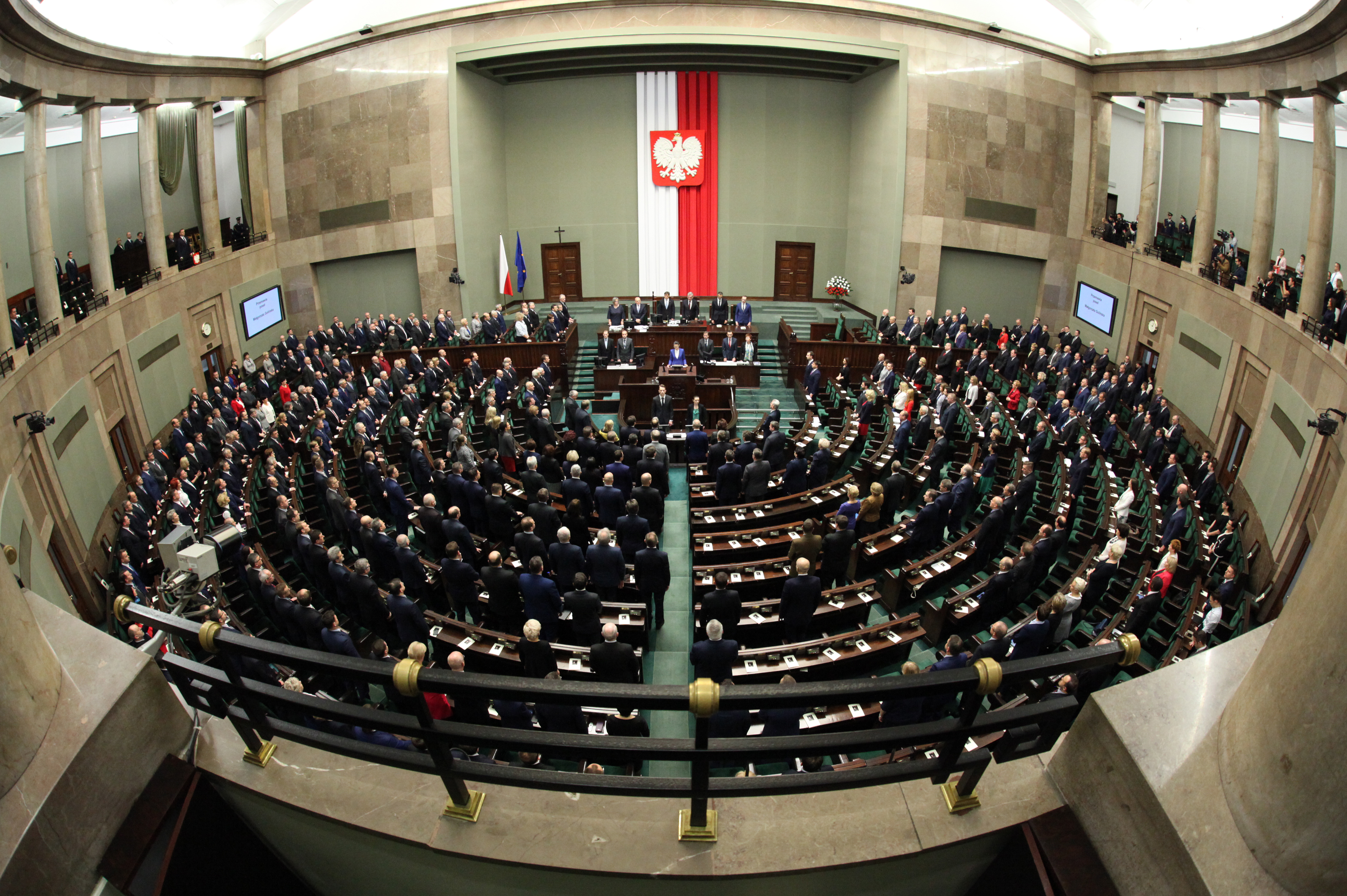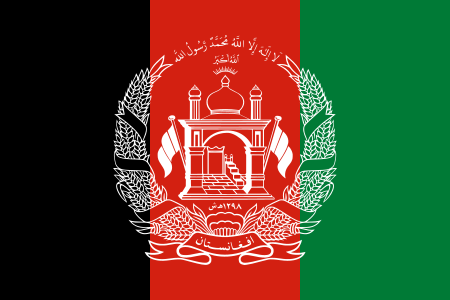‘Whose Game They’re Playing’: Nation and Emotion in Canadian TV Advertising during the 2010 Winter Olympics
By Steven J. Mock
Volume 12, Issue 1, pages 206-222
Abstract
Through the examination of four commercials advertising products by transnational corporations broadcast to Canadian audiences during coverage of the 2010 Winter Olympics in Vancouver, this article explores how certain images, particularly those related to hockey, appeal to emotion through the conduit of national identity. Drawing out recurring symbols and themes, I demonstrate that it is not one’s love of hockey in itself, or the excitement one feels watching hockey to which these commercials appeal. Rather, hockey serves in these commercials as a national ‘totem’, an empty signifier like a flag whose primary meaning lies in its status as emblem of the group, recognised in common by members of the group as encapsulating and organising the otherwise heterogeneous assortment of myths, symbols, and values that constitute group identity. What these commercials do, intentionally or not, is re-enact a ritual of almost religious function in which the national group reaffirms its agreement to be a group by unanimously experiencing the same emotion over the same object. The success of the advertisement rests in the ability of the advertiser to incorporate the product as a participant in the ritual; as a vital ingredient to the successful completion of the ritual, if not as an honorary non-human member of the group itself.
Read the full article here.




